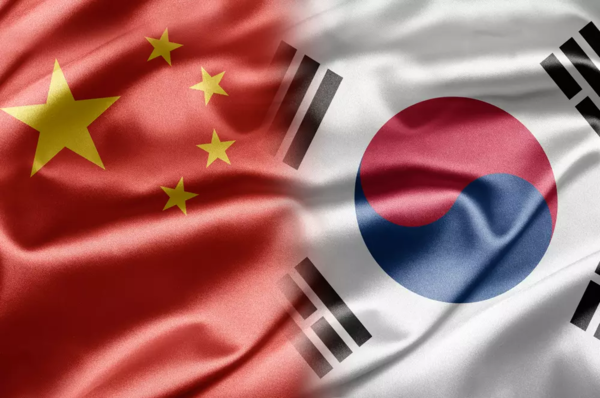COVID-19 lockdowns are easing in China, which could give help revitalize South Korea’s economy. The second-largest economy is South Korea’s largest trading partner, so its dependence on China is vital to its own economy.
“China’s lockdown and global supply chain disruptions dragged down Korean manufacturing production and investment while local re-opening supported services, construction, and consumption activity. We expect GDP to slow further in 2Q22 but to rebound in 2H22,” an ING report noted.
South Korea relies on China with respect to four major sectors: semiconductors, large-capacity batteries, rare earth metals, and medical supplies. As such, supply chain disruptions in China mean that demand outstrips supply, resulting in higher prices for goods in an economic environment where global inflation is already running hot.
“We expect quarterly growth to bottom out in 2H,” the ING report said. “Globally, China’s lockdowns seem likely to be softened further, helping to normalize some of the disruptions to supply chains.”
Additionally, stimulus measures by South Korea’s government should also help prop up the economy.
“On the domestic front, the largest supplementary budget (KRW62 tr) has been passed by the National Assembly,” the ING report said. “Cash disbursements to small business owners will begin in early June while consumption stimulus measures, such as consumption tax cuts and shopping voucher programs will support the recovery of consumption in the second half of the year.”
Traders looking for opportunities to play a rebound in South Korea’s economy can do so with the Direxion Daily South Korea Bull 3X Shares (KORU ). As the fund name explicitly says, traders can triple their returns if their bullish bets are correct — on the opposite end of the spectrum, losses can also be amplified, so only experienced traders should utilize leverage.
KORU seeks daily investment results that equate to 300% of the daily performance of the MSCI Korea 25/50 Index. The index is designed to measure the performance of the large- and mid-cap segments of the South Korean equity market, covering approximately 85% of the free float-adjusted market capitalization of South Korean issuers.
For more news, information, and strategy, visit the Leveraged & Inverse Channel.

